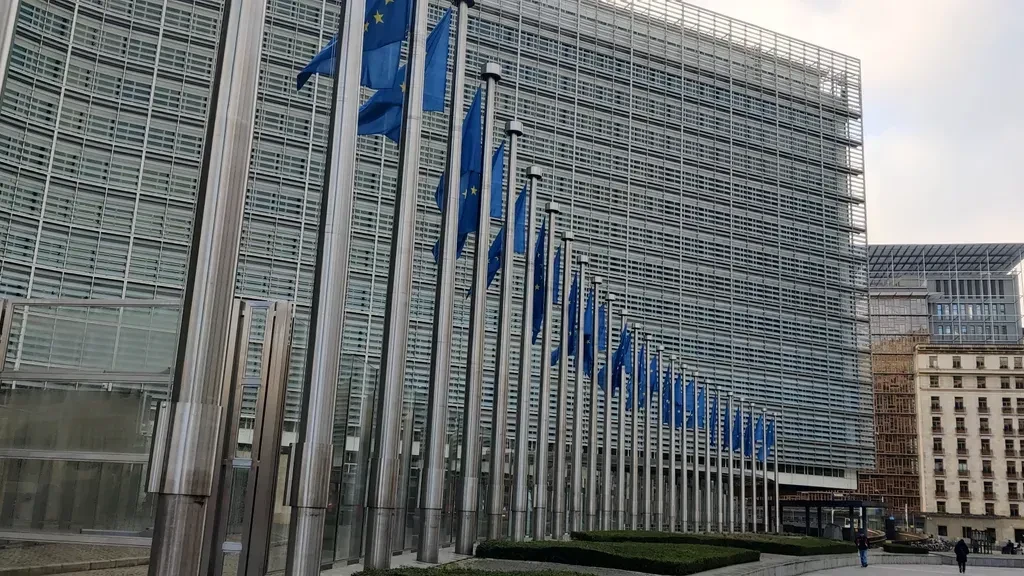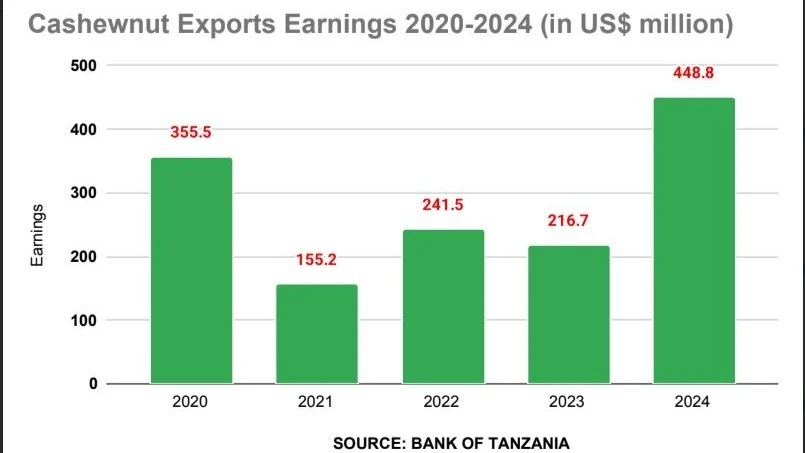India adopts circular economy to drive growth and environmental sustainability

India is progressively embracing circular economy principles, establishing itself as a global leader in sustainability. Implementing these practices could result in savings of up to 11% of GDP by 2030 and 30% by 2050. This transition aligns with India’s vision of “Viksit Bharat” and its commitment to achieving net-zero emissions by 2070.
While globalization has connected economies and cultures, it has also brought significant environmental challenges. Increased consumption, production, and industrialization have led to resource depletion, rising greenhouse gas emissions, and climate risks. In contrast, circular economy principles promote sustainability by transitioning from the linear model of “take, make, dispose” to a regenerative approach that emphasizes restoring and reusing resources.
Each year, over 100 billion tons of resources are introduced into the global economy, but only 8.6% are recycled. According to the 2021 Circularity Gap Report, the global economy is just 8.6% circular, with an ambition to reach 17% by 2030 by targeting high-potential sectors. Achieving this goal requires promoting product designs that prioritize durability, reparability, and recyclability, paving the way for a sustainable future.
The circular economy enhances supply chain resilience by reducing dependence on scarce resources, helping businesses mitigate global supply chain volatility. By prioritizing material recovery and reuse, it minimizes reliance on new raw materials, stabilizes prices, and ensures resources are utilized for extended periods. This model decouples economic growth from resource consumption, making it essential for achieving long-term sustainability.
India’s government is driving the transition to a circular economy through targeted policies such as the Plastic Waste Management Rules, e-Waste Management Rules, Construction and Demolition Waste Management Rules, and the Metals Recycling Policy.
To accelerate progress, 11 committees, led by various ministries and supported by experts, have been established to develop action plans for key sectors. These initiatives focus on addressing challenges in areas like e-waste and construction materials, emphasizing the need for coordinated efforts.
India has introduced policies like Plastic Waste Management and e-Waste Management Rules to promote recycling and waste reduction.
NITI Aayog is leading initiatives to integrate circular economy practices across sectors like steel, construction, and e-waste.
India is a member of the Global Alliance on Circular Economy and Resource Efficiency (GACERE), advocating for global circularity.
The government has formed 11 committees to create action plans for transitioning to a circular economy in key sectors.
India’s adoption of circular economy principles is projected to save up to 30% of GDP by 2050 and reduce greenhouse gas emissions by 44%.
NITI Aayog, India’s premier think tank, has played a crucial role in advancing circular economy initiatives. In collaboration with the EU delegation, it has focused on resource efficiency in sectors such as steel, construction, and e-waste. Significant progress includes utilizing industrial by-products like fly ash and slag across various sectors. Furthermore, NITI Aayog has developed insights into recycling industries and identified challenges in transforming waste into valuable resources.
India is a member of the Global Alliance on Circular Economy and Resource Efficiency (GACERE), an international coalition established in 2021 to promote circularity and sustainable resource management. GACERE fosters global collaboration among governments to accelerate the transition to a circular economy through sustainable solutions.
For Small and Medium-Sized Enterprises (MSMEs), transitioning to a circular economy presents significant opportunities in India. By adopting a circular business model, MSMEs can enhance resilience, reduce waste, and optimize resource efficiency. Collaborating with government initiatives provides MSMEs with the necessary support to facilitate this transition, contributing to a more sustainable and efficient supply chain.
Standardization is crucial in advancing the circular economy. Frameworks developed by organizations like the International Organization for Standardization (ISO) helps ensure consistency among businesses, governments, and consumers.
New ISO standards, introduced in May 2024, offer the tools and frameworks needed to implement and measure circular economy practices. These standards support interoperability, energy efficiency, waste reduction, and market access, fostering global circularity and boosting consumer confidence.
The circular economy holds substantial economic potential. UNCTAD estimates it could create over 7 million jobs and generate up to USD 4.5 trillion in global growth by 2030.
For India, embracing circular practices could save up to 11% of its GDP by 2030 and 30% by 2050, while reducing greenhouse gas emissions by 44%. Currently, China is the largest emitter of CO2, accounting for around 28% of global emissions, followed by the U.S. as the second-largest emitter. India ranks as the third-largest emitter of CO2, though its emissions per capita are relatively low compared to developed nations.
Status of Emitters and Targets
China: Largest emitter globally (28% of global emissions). Target: Peak emissions before 2030, carbon neutrality by 2060. Significant investment in renewables and EVs.
United States: 2nd largest emitter globally. Target: 50-52% reduction by 2030 (from 2005 levels). Carbon neutrality by 2050.
European Union (EU): 3rd largest emitter globally. Target: 55% reduction by 2030 (from 1990 levels). Carbon neutrality by 2050.
India: 3rd largest emitter globally. Target: 33-35% reduction by 2030 (from 2005 levels). Net-zero by 2070.
Russia: 4th largest emitter. Target: 30% reduction by 2030 (from 1990 levels).
Japan: 5th largest emitter. Target: 46% reduction by 2030 (from 2013 levels). Net-zero by 2050.
Germany: High emitter within the EU. Target: 55% reduction by 2030 (from 1990 levels). Carbon neutrality by 2045.
South Korea: Major emitter in Asia. Target: 40% reduction by 2030 (from 2018 levels). Net-zero by 2050.
Canada: High per capita emitter. Target: 40-45% reduction by 2030 (from 2005 levels). Net-zero by 2050.
Brazil: Significant emissions from deforestation and agriculture. Target: 43% reduction by 2030 (from 2005 levels).
India, as one of the world’s largest economies and most populous nations, plays a pivotal role in global climate change efforts. The country has made notable progress and remains firmly committed to achieving a low-carbon future.
At this juncture, circular economy practices are vital for India’s goal of achieving Net Zero emissions by 2070. By moving away from resource-intensive approaches, businesses can help lower emissions while driving economic growth.
For MSMEs, adopting circular models presents opportunities to reduce costs, enhance efficiency, and gain a competitive edge in global markets. Circular engineering also fosters sustainability and innovation, building brand loyalty among environmentally conscious consumers.
In conclusion, the circular economy offers a transformative approach to tackling urgent environmental and economic challenges. By replacing the traditional linear model with sustainable practices, businesses, governments, and consumers can drive resource efficiency and economic viability. As globalization intersects with circularity, adopting these principles provides a path to harmonize economic growth with environmental stewardship, fostering a more equitable and sustainable future.
Top Headlines
© 2025 IPPMEDIA.COM. ALL RIGHTS RESERVED






















